I tried not to have too many expectations, but I did have hopes!
I had no idea what kind of response we’d get to our call for submissions, so I was really happy with the number and range of pieces we received. We ended up with enough content to make a nice, fat Issue 01 - longer than I’d expected - with creative writing, sound art, conversations, field recordings and monologues/musings all represented. Overall, I probably expected more stories about specific events or activities, and possibly a few more essays/academic approaches to the theme, but it was a pretty good balance.
The process of putting the issue together was more time-consuming than I’d thought - but it was fun! Allysse and I spent a lot of time building the infrastructure and doing background work, chasing up submissions, choosing the running order, recording the links and transcribing. We’ve also learnt a bit about the technical side of things - especially the distribution of podcasts (or things-that-are-kind-of-like-podcasts).
The initial spark came from listening to the Tough Girl podcast by Sarah Williams and wondering if there was anything similar for queer/LGBTQIA+ adventurers (there isn’t, as far as we know!). Allysse and I didn’t have the time or energy to do weekly, long-form interviews like that, so we knew we'd have to take a different approach. We’re also both really interested in the more creative side of audio as a format, and from that perspective I took inspiration from the creative journals I remember from uni and the collaborative zines I’ve enjoyed or been part of since then.
When it comes down to it, we had a hankering for stories of queer folks doing stuff outdoors - we wanted something like this to exist, and sometimes if you want something to exist you have to create it (or facilitate its creation) yourself. And that is quite a zine-y attitude.
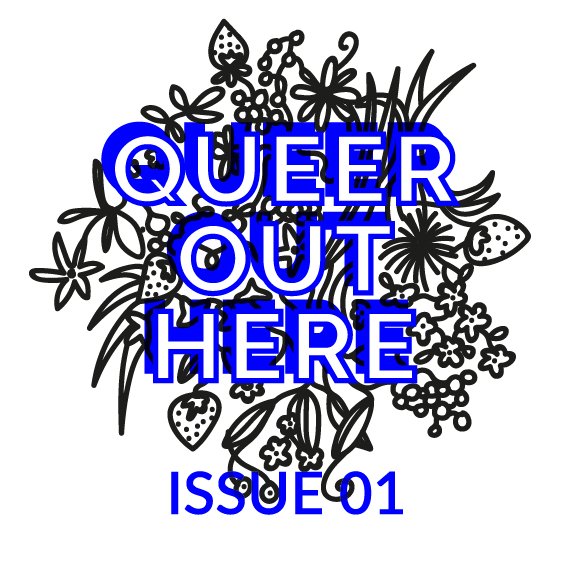
Ooh, this was interesting! Obviously, until we passed the submissions deadline, we couldn’t really decide on a running order. Once we had all the pieces, Allysse and I both went away and created our own track lists (I made some colourful spreadsheets, of course), then reconvened the following weekend to talk through our ideas. We’d independently come up with some of the same notions - like a preference for Adele’s piece coming first and Wendy’s coming last, and about the links between some of the pieces. A few pieces were harder to place than others - for example, Belinda’s poems are so powerful that we felt the piece following them needed give the listener a bit of space to come down.
Doing this was a bit like curating and planning an exhibition, with questions about theme, tone, format, creator and length all playing a part. We tried to mix things up - for example, not putting all the poetry, or all the American accents, or all the long pieces together - but we also wanted the zine to have a momentum, and to flow from one piece to the next rather than chopping and changing. In the end, we kind of created chapters within the zine, like rooms within a gallery - sections of about four pieces each, which we felt spoke to each other in some way.
Is it a cop-out to say “the whole process”? Like I said above, we started Queer Out Here because we wanted to listen to something and we couldn’t find it - and it was exciting to learn that other people obviously wanted to share and listen to these stories, too. I loved hearing all the pieces that were submitted - the range of topics, the different styles, the personalities of contributors, all of it! Overall, though, project is something of an experiment, so I’ve tried to approach without too many preconceptions and it’s been wonderful to watch it take shape so far.
Luckily, we didn’t encounter too many snags and hitches. Sure, there were a couple of technical concerns, but overall I feel like the two of us - and various helpful friends - managed to sort them out.
The hardest thing for me, personally, was the process of approaching people and asking for submissions. I’ve never enjoyed cold calling, fundraising, and the kinds of things that mean asking people to do something for you. Although I am obviously invested in the idea of Queer Out Here, I still find the approaching-and-asking process rather anxiety inducing. Issue 01 features several friends and acquaintances, but outside of my usual circles I took quite a scattergun approach, which didn’t work so well. This is something I want to focus on for Issue 02 - finding new people and groups to approach, and doing that in a more personal way.
My main hopes are that people keep creating and submitting interesting pieces and that Allysse and I continue to enjoy working together.
As well as more of the kinds of audio we feature in Issue 01, I would like to hear from people of colour, from Indigenous people, from people in countries outside of the UK, Australia and the USA, from older folks, from queer families and youth. I’d like to hear music, essays and documentaries, pieces about sport (team, solo, extreme, everyday), epic journeys, cultural geography, homelessness, relationships, ecology and conservation.
One thing I loved about Issue 01 was getting submissions from people who hadn’t created much (or any) audio before, as well as from people who do this professionally. I hope that mix continues. It would be amazing to hear from previous contributors as they continue to explore the possibilities of the medium, too.
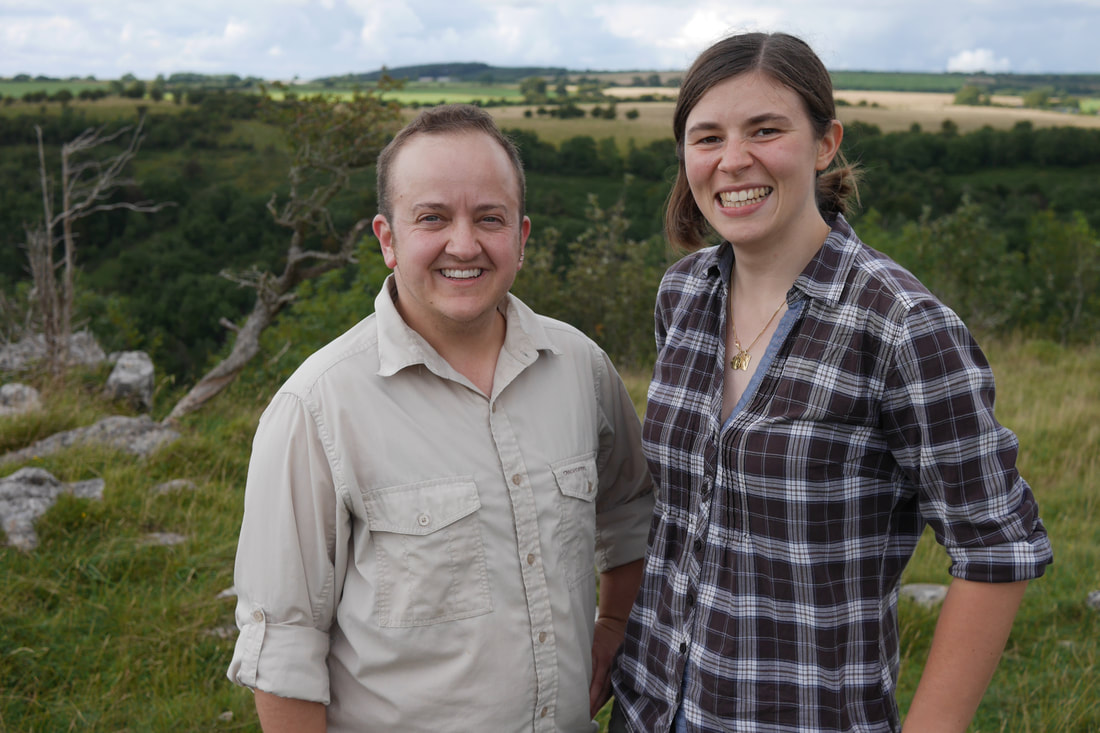
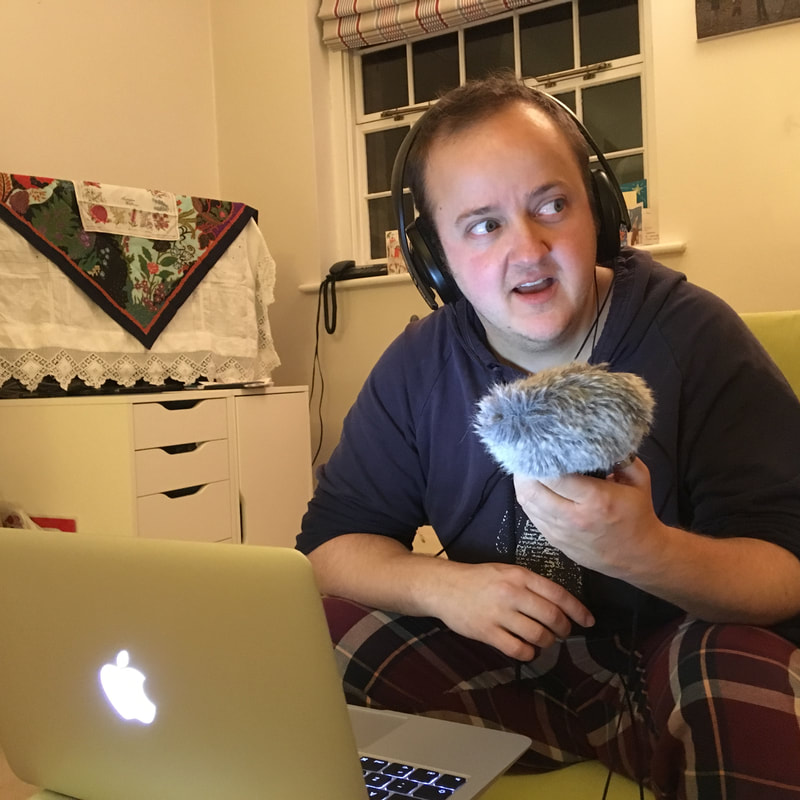
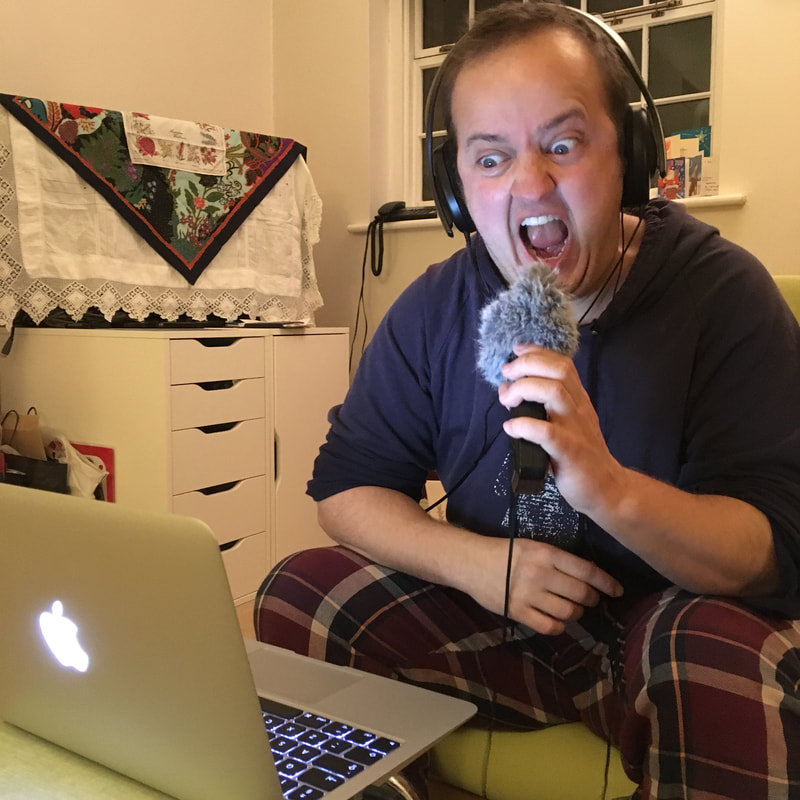

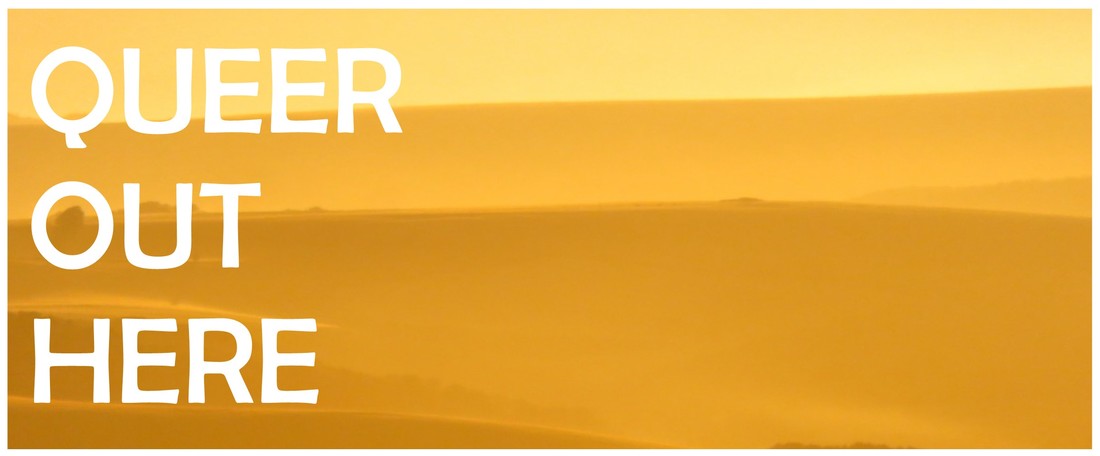
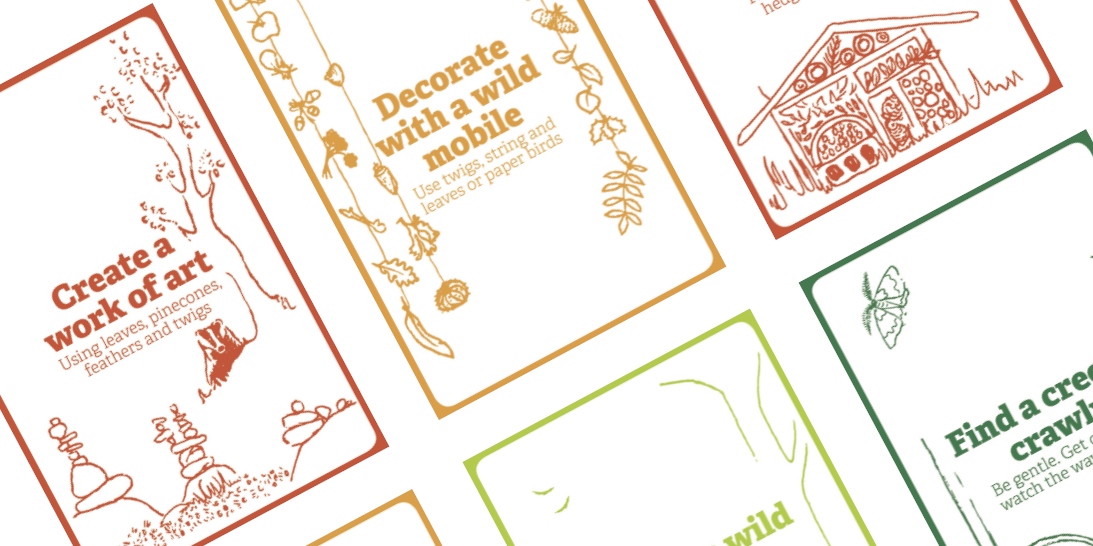
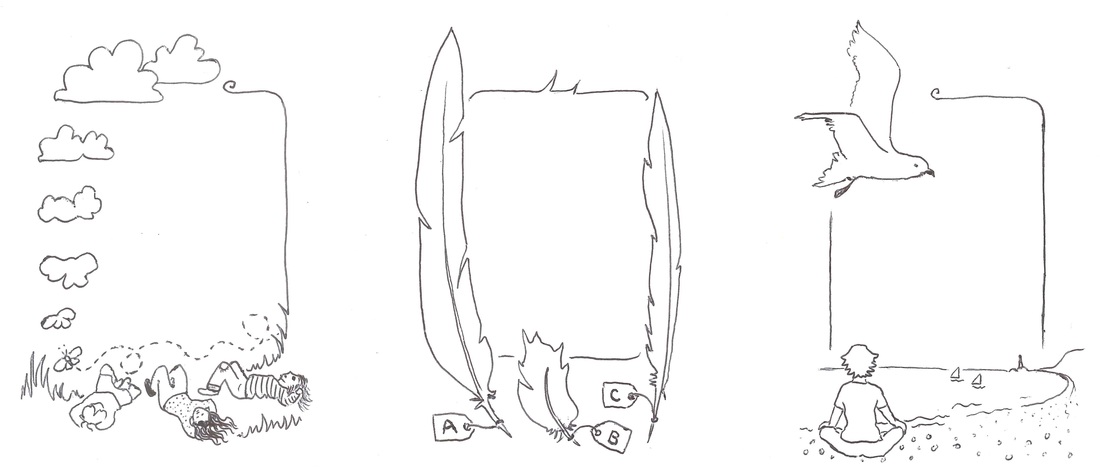
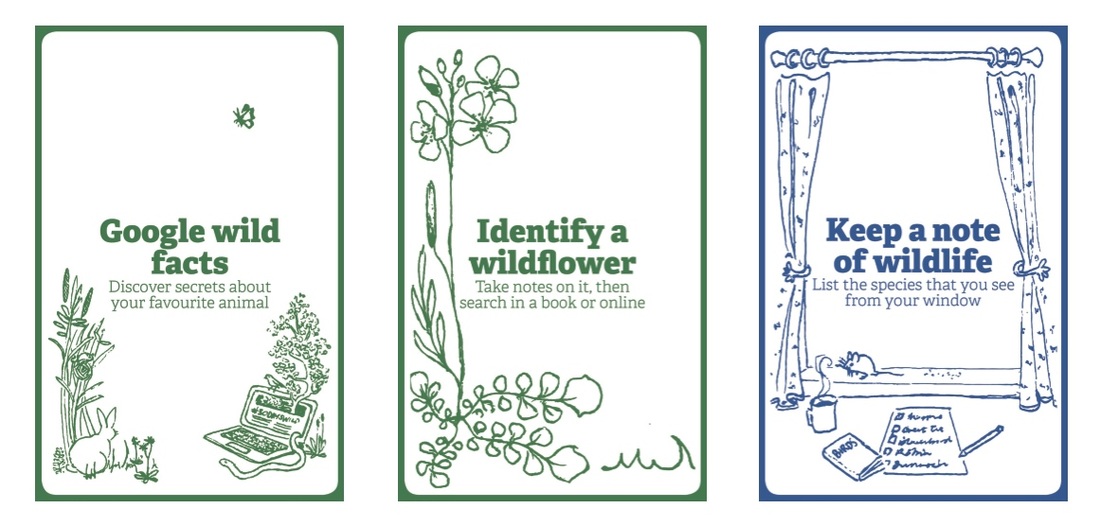
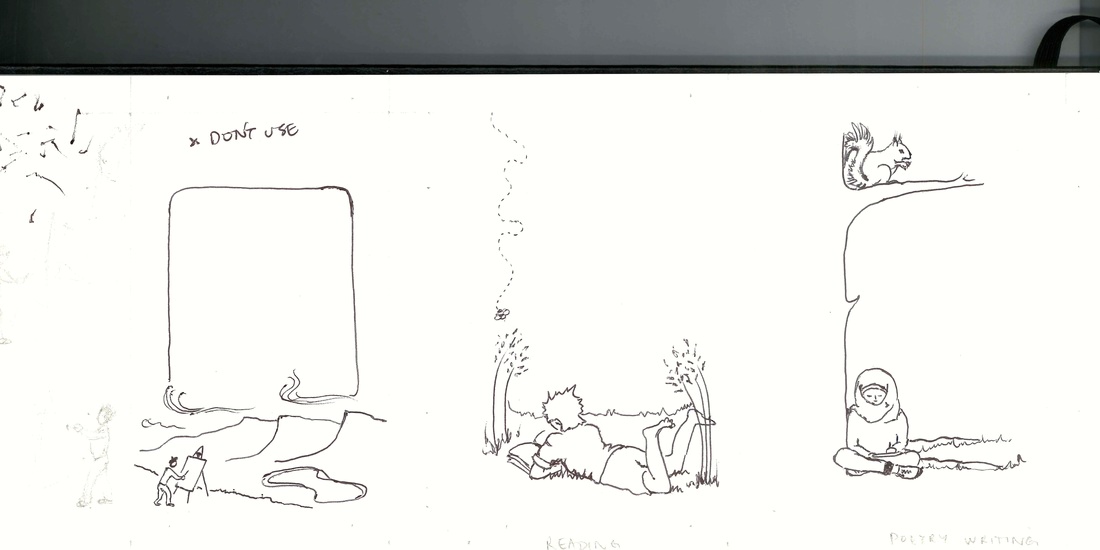
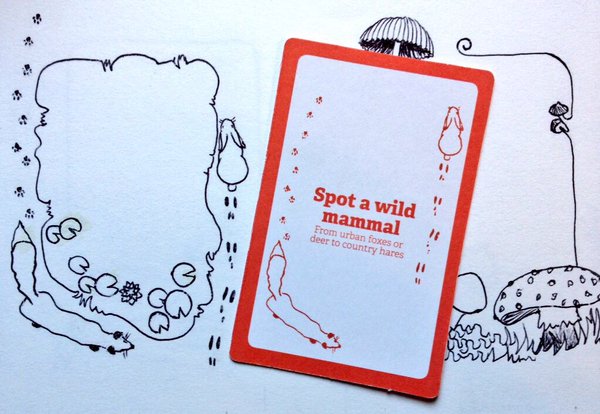
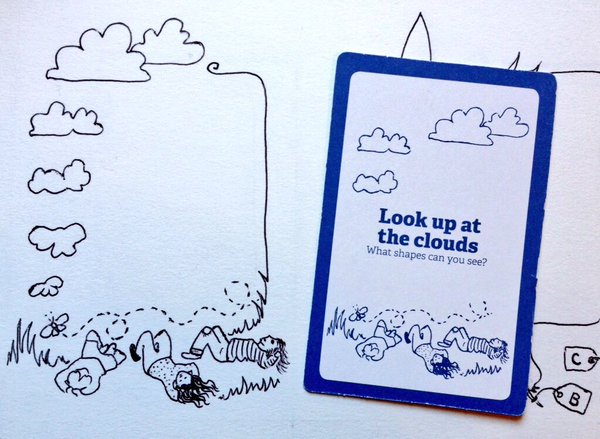
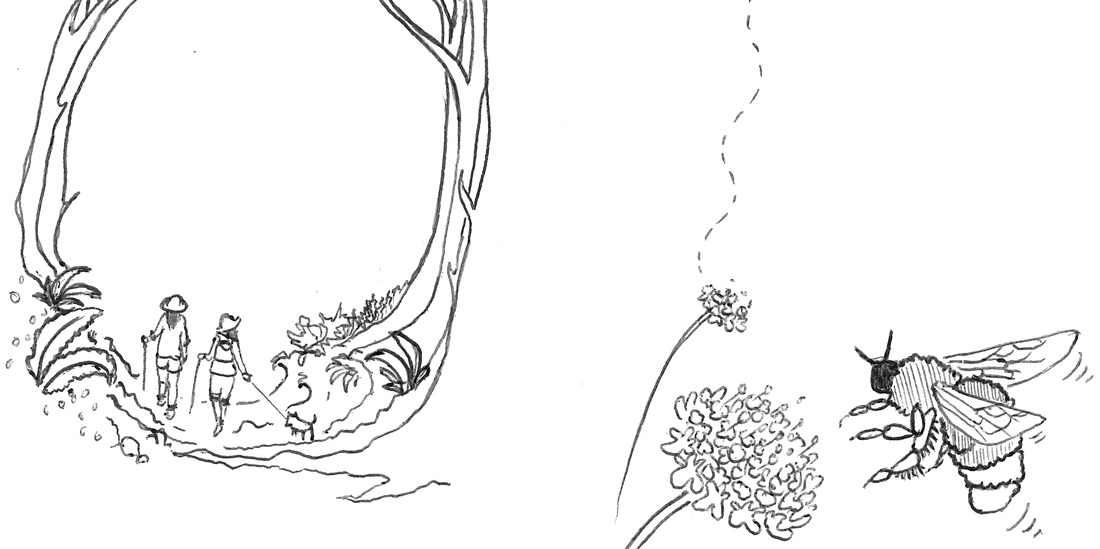
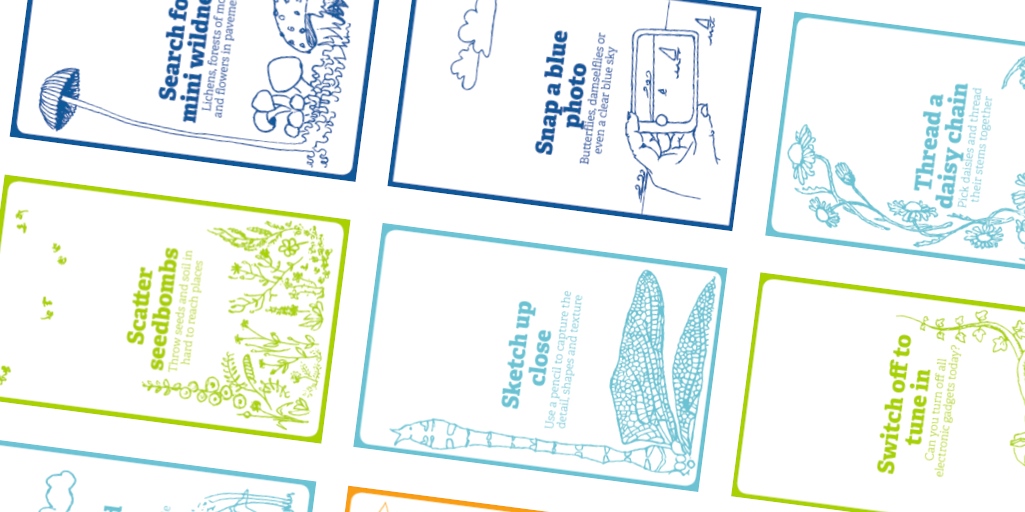
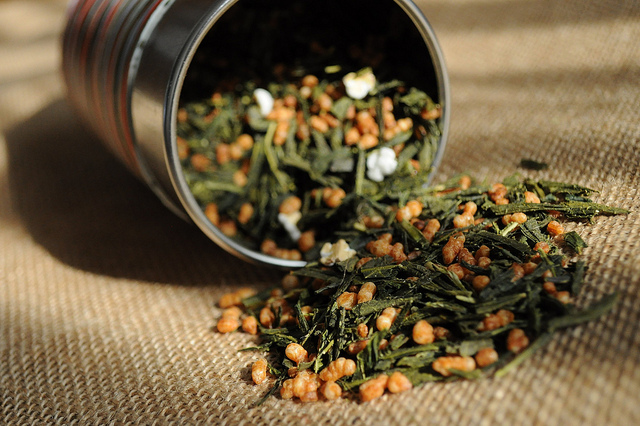
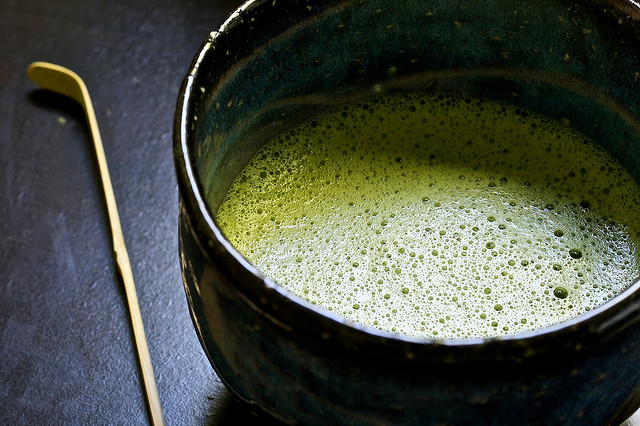
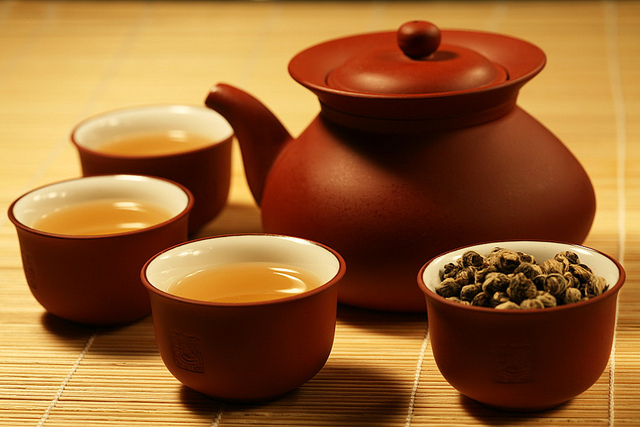
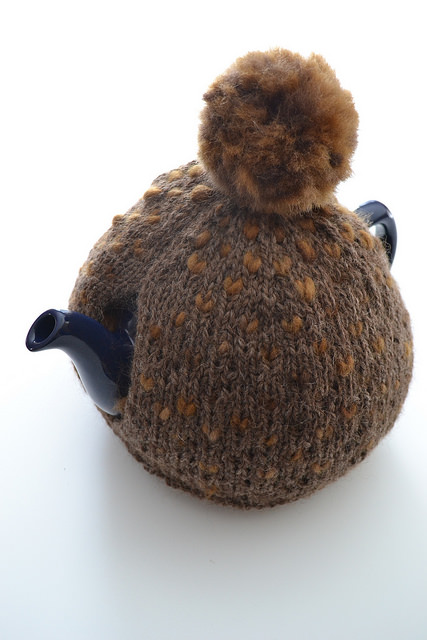
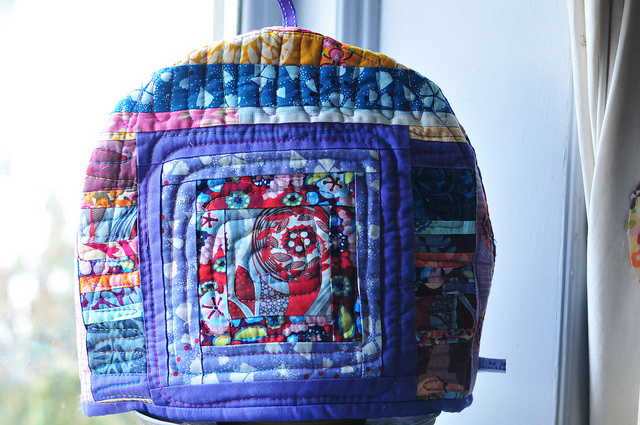
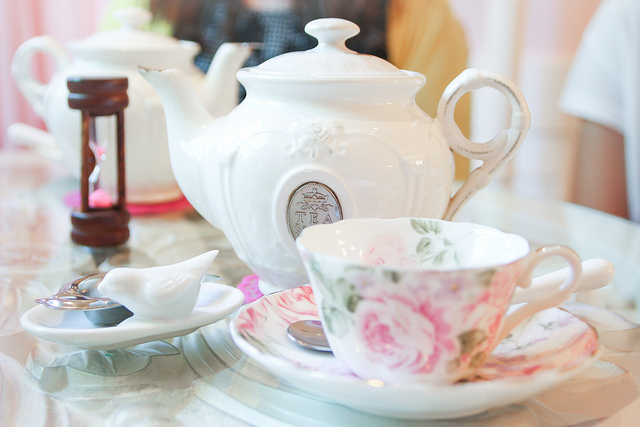
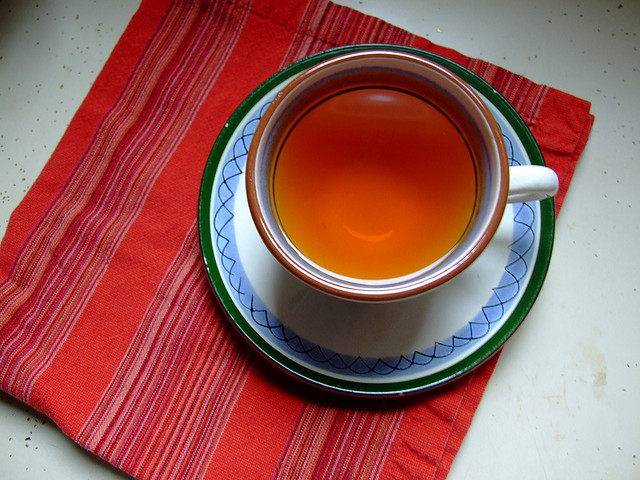
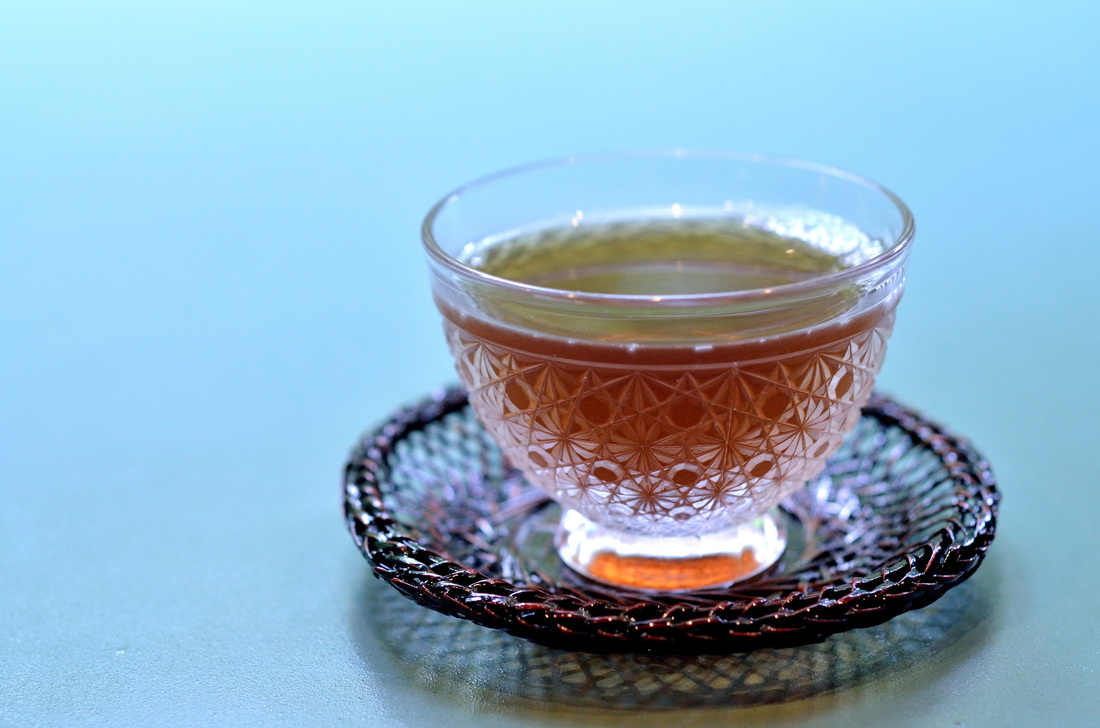
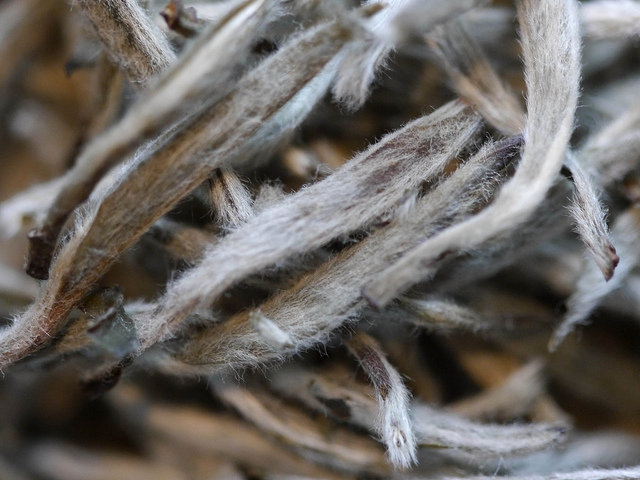
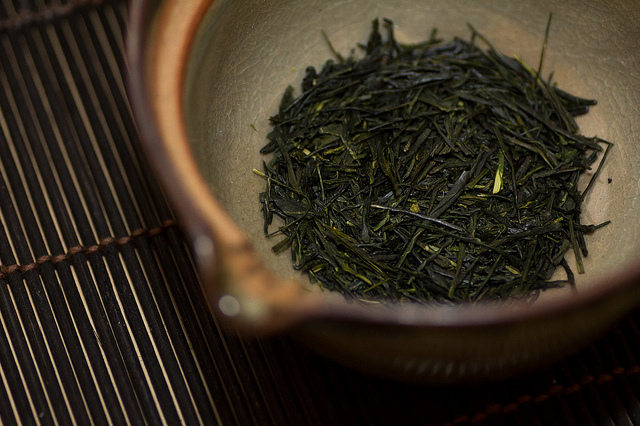
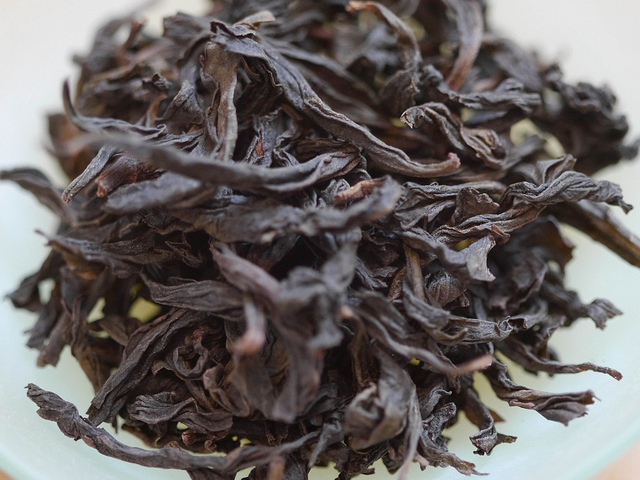
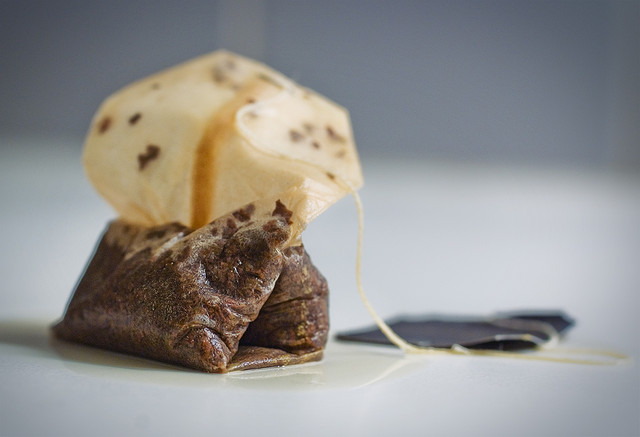
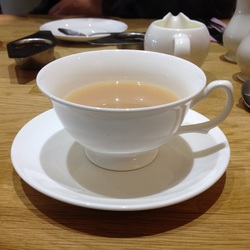
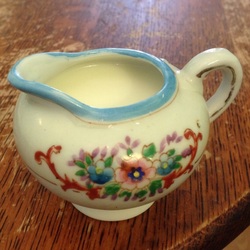
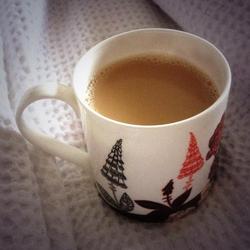
 RSS Feed
RSS Feed
